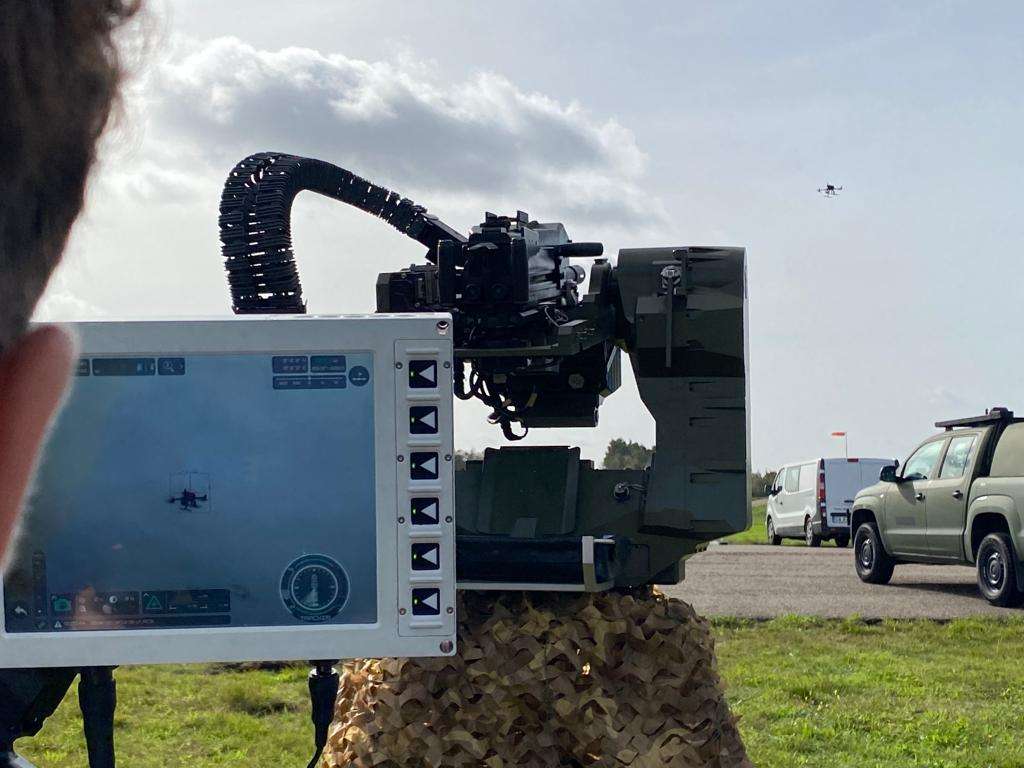
ESCRIBANO Mechanical and Engineering, a leading Spanish company in innovation and cutting-edge technologies, has participated in the Technical Interoperability Exercise 2023 (TIE23) on NATO Unmanned Aircraft Systems (C-UAS), which took place last week in Vredepeel, the Netherlands.
Organized by the NATO Communications and Information Agency (NCIA) in cooperation with the Ministry of Defense of the Netherlands, more than 50 companies and organisations have participated in the exercise from 12 to 22 September 2023. Only three Spanish companies participated: ART, Indra and ESCRIBANO M&E.
Building on the achievements of TIE22, the aim of this new edition was to continue the efforts and further address the interoperability of C-UAS systems in scenarios relevant to NATO operations. During the live test exercise, companies and organizations communicated and worked together to ensure that NATO nations’ C-UAS can protect NATO airspace from unauthorized drones.
At a crucial time when the important role of drones in the geopolitical arena is being highlighted, it is a priority for NATO to ensure its unmanned aircraft systems capabilities and operability.
GUARDIAN 2.0: the 100% Spanish anti-drone hardkill solution
ESCRIBANO M&E participated in TIE23 with one of its most recognized remote stations, both in the terrestrial and naval domain: the GUARDIAN 2.0. It is a highly integrated RWS designed for 12.7mm calibers, adaptable to 5.56mm and 7.62mm, with a 40mm MK-19 grenade launcher or MGL. It is also a dual-axis, gyro-stabilized RWS capable of day and night operation and can be mounted on various platforms or vehicles.
Last July, the company demonstrated the effectiveness of GUARDIAN 2.0 as a hardkill threat reduction system in an exercise conducted at the El Arenosillo Experimental Center (CEDEA) in Huelva, Spain.
GUARDIAN 2.0 and OTEOS electro-optical system are part of the hardkill solution for downing drones already integrated and tested in the anti-drone system developed by TRC. This anti-drone system, also 100% Spanish, incorporates intelligence and artificial vision to automatically detect and identify possible threats, thanks to the high-frequency detection devices developed by TRC, as well as to inhibit them.
The scenarios that NATO will have to face in the future require effective and practicable solutions that favor the recovery of European industrial capabilities. This is where this 100% Spanish system is positioned as one of the most advanced, versatile, and economical alternatives, since it is based on cutting-edge technology that allows the use of equipment and ammunition already in service.

Leave a Reply